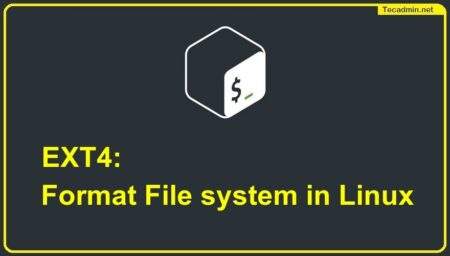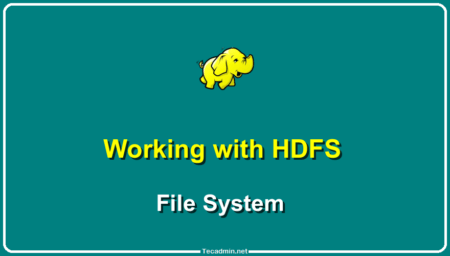In this article, we’ll walk through the steps of installing and using GPart on Ubuntu and Debian systems. The GPart tool, short for Guess PC-type hard disk partitions, is a useful utility that can help recover lost partition tables on a disk drive. It’s especially helpful in disaster recovery situations.
Before we dive in, it’s essential to note that using partition recovery tools can be risky, so always ensure you have a backup of your important data.
Step 1: Installing GPart
The Debian based system users can install GPart from the official repositories. Open a terminal window and type in the following commands:
sudo apt-get updatesudo apt-get install gpart
Step 2: How to Use GPart
GPart is a command-line tool, which means it is run from the terminal. Its basic usage is:
sudo gpart /dev/sdX
Here, ‘sdX’ is the disk you want to scan. You can replace ‘X’ with the letter of your drive. For example, if you want to scan the first drive, it might be ‘sda’, so you would type:
sudo gpart /dev/sda
When you run the command, GPart will start scanning the disk and guessing the partitions. This process might take some time, depending on the size and speed of the disk.
Use Case 1: Scanning and Displaying Guessed Partitions
The primary use case of GPart is to scan a disk and display the guessed partitions:
sudo gpart -v /dev/sdX
Here, the -v option makes GPart show verbose output, meaning it will give you more details about the scanning process and the guessed partitions.
Use Case 2: Writing Guessed Partition Table
Once GPart has guessed the partitions, you can choose to write the guessed partition table back to the disk:
sudo gpart -W /dev/sdX /dev/sdX
Be very careful with this operation. Writing the partition table back to the disk is a destructive operation. You might lose data if you do this without understanding the risks and consequences.
Use Case 3: Saving Guessed Partition Table to a File
If you’re not ready to write the guessed partition table back to the disk, you can save it to a file for later analysis:
sudo gpart -W /dev/sdX outputfile
In this command, ‘outputfile’ is the name of the file where you want to save the guessed partition table. You can then open this file with a text editor to examine the guessed partition table.
Conclusion
GPart is a powerful tool for recovering lost partition tables, but it should be used with caution. Always ensure you have a backup of your important data before using GPart or any other data recovery tools. And if you’re not comfortable with command-line tools or data recovery procedures, consider seeking help from an IT professional.


